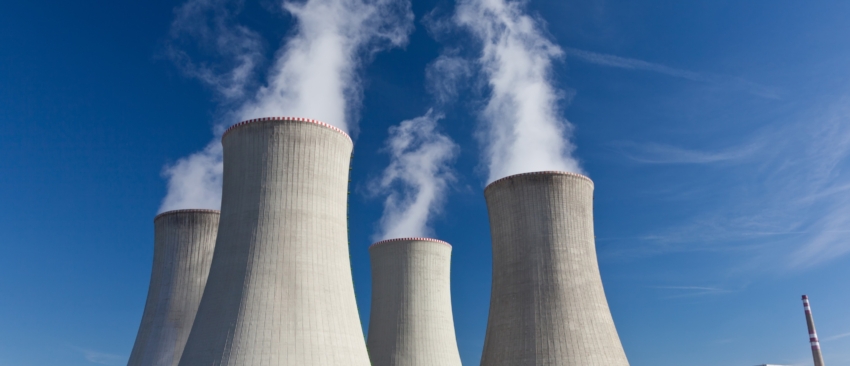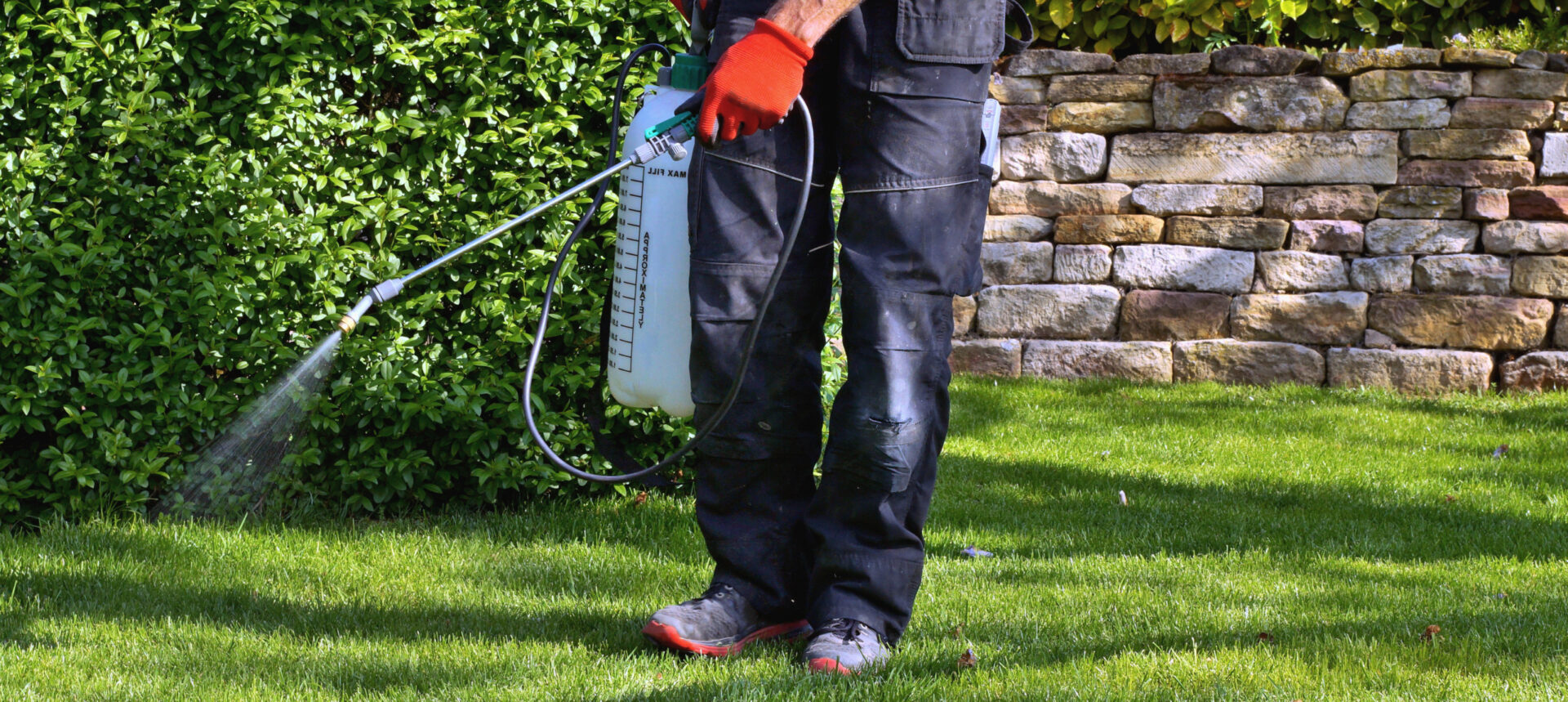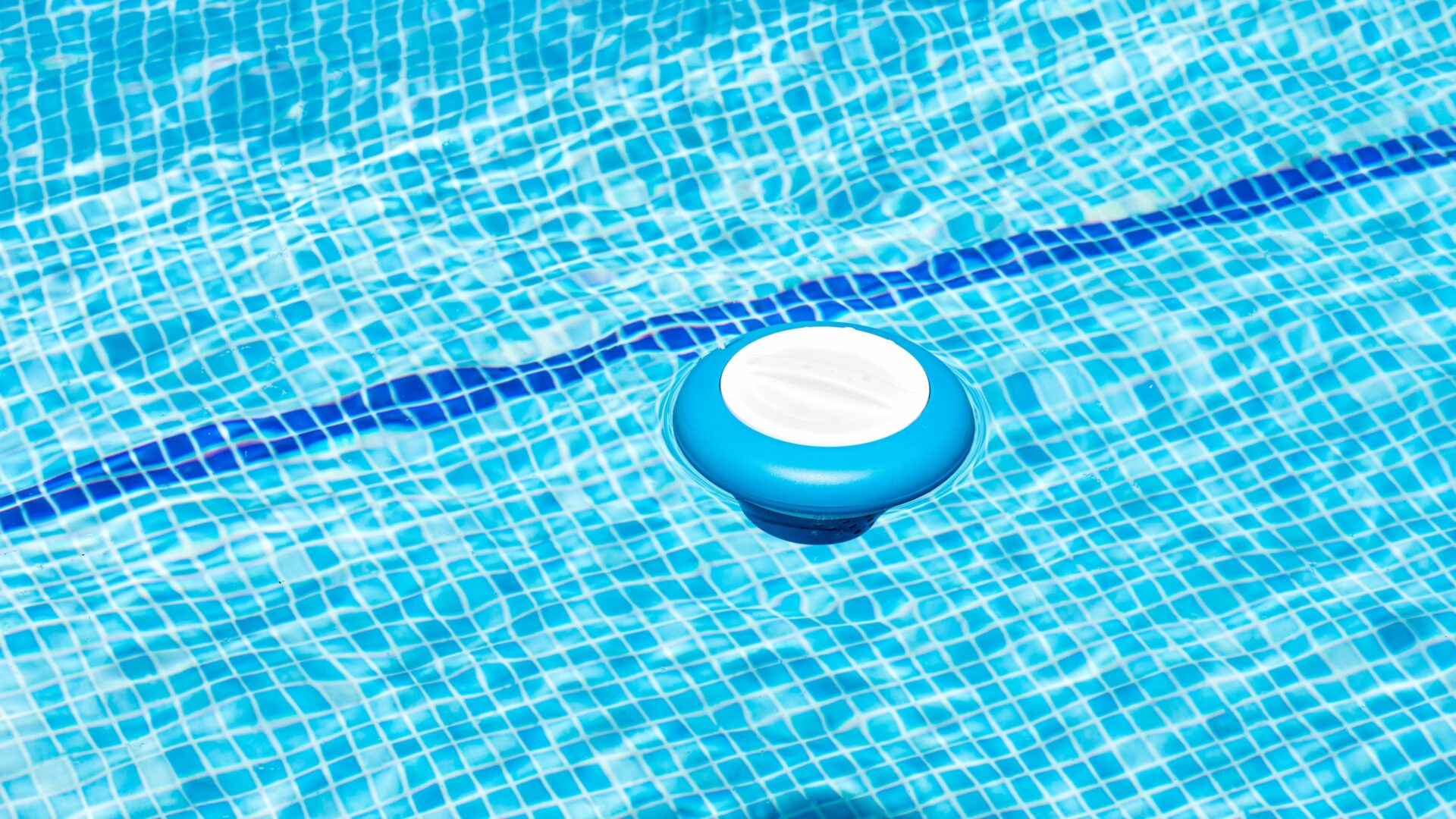By Denise Fernandez, Ph.D.
Last updated on June 30, 2025
Update to original blog on this topic, which was posted on October 03, 2023.
On August 28, 2024, EPA published a final guidance and corresponding test method to allow the addition of planktonic Legionella pneumophila claims for cooling tower water.
These documents are now able to be used to support product claims.
SRC Senior Efficacy Consultant, Denise Fernandez, has reviewed the guidance and provided a high-level summary of the guidance document/test method requirements. Please contact SRC for assistance with testing to add planktonic Legionella pneumophila claims for cooling tower water to your product.
What is Planktonic Legionella pneumophila?
Legionella pneumophila is the bacterium that causes Legionnaires’ disease and Pontiac Fever. Planktonic bacteria are bacteria that drift, float, or swim weakly in a body of water.
This bacterium grows naturally in freshwater systems but can quickly lead to an outbreak when it infiltrates cooling tower water systems. Contaminated cooling tower water can aerosolize droplets of water containing Legionella pneumophila resulting in dispersion of the bacteria throughout a building. An occupant who breathes in a contaminated water droplet is at risk of contracting Legionnaires’ disease or Pontiac Fever. Proper maintenance of cooling towers is particularly important, as they are used to cool large buildings, generally with many occupants, which leads to an increased risk of exposure to large numbers of people.
In response to this concern, EPA and the CBC Legionella work group have been working together diligently to develop a pathway for registering claims against planktonic Legionella pneumophila in cooling tower water systems.
Product Efficacy Testing for Legionella Claims in Cooling Tower Water
The current guidance and test method are only applicable to liquid and solid water-soluble formulations. Other product types are excluded from the guidance and require discussion with EPA prior to efficacy testing. The final guidance only addresses claims for reducing planktonic L. pneumophila in cooling tower water. Testing as outlined in the final guidance will not support claims against sessile or adherent Legionella, Legionella contained within biofilms, or Legionella associated with protozoa (amoebae) in cooling tower water.
Test Method
MB-42-00: Method for Testing Antimicrobial products against Legionella pneumophila in Simulated Cooling Tower Water (LSCTW). This method is based on the AOAC 960.09 Germicidal and Detergent Sanitizing Action of Disinfectants test (currently used to support food contact sanitizer claims for non-halide antimicrobials) with modifications incorporated from the European Legionella quantitative suspension test EN 13623.
What primarily sets this new test method apart from the standard AOAC 960.09 test method is increased replication (3 flasks per batch of product) and the inclusion of interferents in testing. The inclusion of interferents is intended to simulate variations in water quality parameters which can impact a product’s efficacy. These interferents include a mixture of a scale inhibitor, corrosion inhibitor, dispersant, protein, and organic matter.
Testing Replication
Testing must be conducted using Legionella pneumophila subspecies pneumophila ATCC 33152 with 3 batches formulated at the lower certified limit (LCL), with each batch tested on a separate test date. Three flasks per batch, plus a control and sterility flask, must be assayed on each test date.
Contact Time
The final guidance does not specify a maximum contact time allowable for use in efficacy testing. The contact time used in testing must be stated in the product’s Directions for Use as the minimum contact time required for the remediation and/or maintenance treatment.
Performance Criteria
Performance standards are provided separately for remediation claims and routine maintenance claims. Remediation treatments are short-term actions that bring the system water quality, such as bacterial levels, to acceptable levels as defined in the water management plan and/or applicable federal, state, and local regulations. Routine maintenance plans are part of the water management plan and address the day-to-day operations of a cooling tower system to maintain the system. The performance criteria for remediation vs. maintenance claims are as follows for each independent test date:

All testing must be conducted in compliance with EPA Good Laboratory Practices (40 CFR Part 160).
Labeling
The Guidance document contains detailed example marketing claims for both remediation and maintenance treatments. In addition, the Appendix provides both required language and suggested Directions for Use for oxidative and non-oxidative chemistries.
Please contact your SRC consultant for questions regarding the addition of these claims to your antimicrobial product. The SRC Efficacy Team is ready to assist you with placing and managing this Legionella testing.





